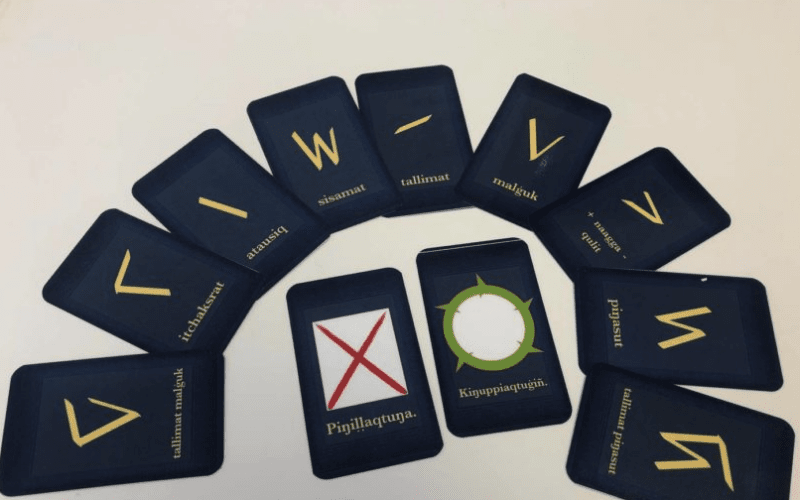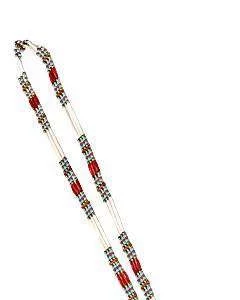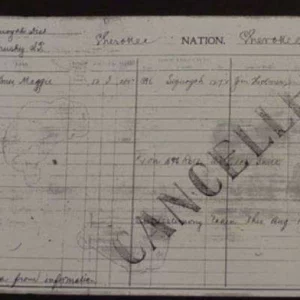A group of students in an Inuit middle school and their teacher invented a number system called “Kaktovik numerals, which looked and functioned differently from decimal system numerals. However, the system was suitable for the Inuit oral counting system. That is why it spread throughout the region. Now, due to the support of Silicon Valley, the system will be digitalized soon and will be available on computers and smartphones so that others can also benefit from it.
@modernday_eratosthenes Your daily dose of feel-good news #stem ♬ Lo-fi hip hop – NAO-K
The numeric system we use today is made by the Arabic-Hindu decimal system adopted by every society across the globe. It expresses value in a written form using digits 0 to 9.
Inupiaq, the Alaskan Inuit Language, leverages an oral counting system inspired by the human body. This system describes quantities in groups of five, 10, 15, and 20. To be precise, Kaktovik numerals are a system of the count of your toes and your hands. For instance, tallimat, the Inupiaq word for 5, originated from taliq, which means arm. The word for 20, Inuinnaq, indicates the whole person.
Kaktovik numerals were invented during a class project when children and a teacher had to adapt the counting system to a written form. Together, they made a numeral system based on tally marks that look like the Inupiaq words they represent. For instance, “akimiaq piŋasut” indicates 18, which means 15-3, represented with three horizontal strokes, representing 15 or three groups of 5 above three vertical strokes indicating 3.
How are Kaktovik Numerals Unique?
One of the major differences between Kaktovik numerals and the number system we use today is its way of writing. The number systems we use have been used for decades. Another difference is the way the system works. For instance, in the Inupiaq language, there is no word for 0. The student decided the symbol for 0 just crossed her arms, so the class decided to represent it with an X-like mark.
Also, experts call it a 20-positional value system. To be precise, it is a two-dimensional positional value system with a sub-base of 5 and a primary base of 20. Kaktovik numerals are also significantly visual. This makes math problem-solving easier and simpler. Students struggling to understand math can use this system to learn simple and challenging math equations and questions. Whether it’s addition, subtraction, long divisions, or others, Kaktovik numerals can make them easier.
Feature image courtesy of Anchorage Daily. Photo by Chrisann Justice.




